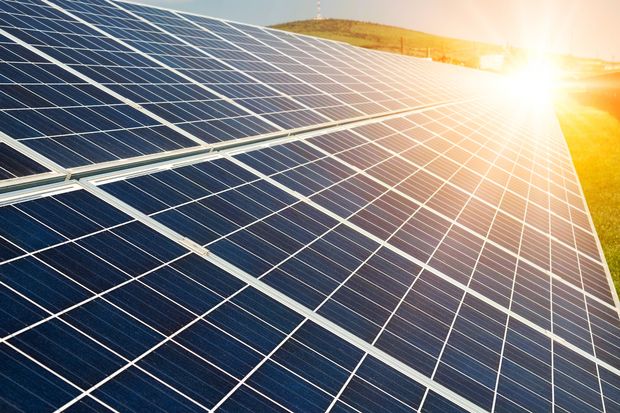Kategori : ELECTRICITY ENERGY NEWS, ENERGY AGENDA NEWS, SOLAR ENERGY NEWS - Tarih : 27 February 2020
California’s Antelope Valley sits at the edge of the Mojave Desert. In recent years, the desert has seen a farming boom, solar farming that is. Antelope Valley is home to America’s largest solar facility, Solar Star, a sprawling 3200-acre, 579-megawatt complex. Solar Star’s 1.7 million crystalline silicon panels were produced by SunPower and are operated by BHE Renewables, a Berkshire Hathaway company. Around the world, even larger projects in China and India reflect the astonishing growth of solar photovoltaic (PV) power generation.
Solar power has exploded in the past decade, far outstripping energy analyst estimates. In 2020, the world is expected to install 142-gigawatts of solar energy, seven times 2010’s total capacity. From 2010-2019, 638-gigawatts of solar power was installed worldwide, exceeding installed capacity of any other energy source, including coal, oil, and gas. Solar power’s rapid deployment has been  driven by impressive public and private investment in renewables. These investments have enabled innovation and scaling that has reduced the solar power costs by over 80% since 2010. Falling costs have made solar competitive with fossil fuels. In India today, solar generation is often cheaper than coal. That nation plans to generate 100-gigawatts of solar power by 2022.
driven by impressive public and private investment in renewables. These investments have enabled innovation and scaling that has reduced the solar power costs by over 80% since 2010. Falling costs have made solar competitive with fossil fuels. In India today, solar generation is often cheaper than coal. That nation plans to generate 100-gigawatts of solar power by 2022.
Despite this impressive growth, the solar revolution still has a long way to go. In late 2018, the Intergovernmental Panel on Climate Change (IPCC) released a report on the impacts and feasibility of limiting global warming to 1.5 ºC. The IPCC suggested that exceeding 1.5 ºC of warming would create major economic and environmental challenges. Staying below that threshold demands a rapid reduction in greenhouse gas emissions, nearly 8% annually. Nearly all energy pathways that will limit warming to 1.5 ºC require carbon neutrality by 2050. Only a dramatic shift away from fossil fuels will make that goal a reality.
Although the International Energy Agency (IEA) has consistently increased projections for solar and other renewables in its World Energy Outlook, renewables growth appears to be complementing rather than displacing fossil fuels. Under current national and international policies, the IEA projects major increases in solar PV generation. However, “stated policy” projections also suggest continued growth for fossil fuels (particularly natural gas). Climate change demands that solar PV go from a bit player in today’s energy mix to a leading role. Standing in the way of that transition is a duck.





